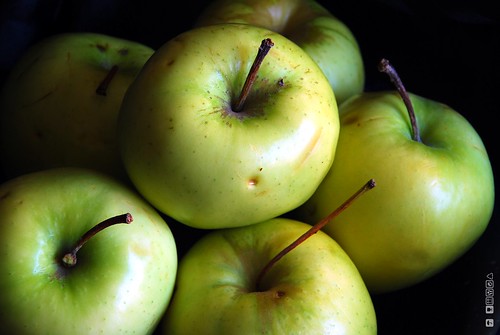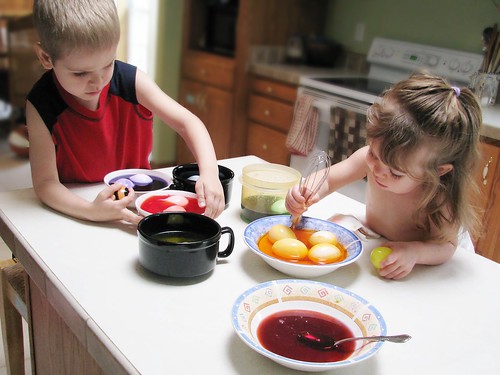The Geometry of the Least Common Denominator
In mathematics, in putting together things, we must have a commonality; we must add objects that belong to the same set. We add 2 apples and 4 apples to get 6 apples. We do not add apples and oranges and come up with a single- kind-of-fruit-sum.
This is also true with numbers and measurements: we add, subtract, multiply or divide numbers that belong to the same set or measures with the same unit. We do not add binary numbers to decimal numbers and get a result without conversion. We must either convert binary numbers to decimal, or vice versa and then perform addition or any other operations. Also, in finding the area of a rectangle with length 10 inches and width 5 centimeters, the answer must either be in square inches or in square centimeters. » Read more


